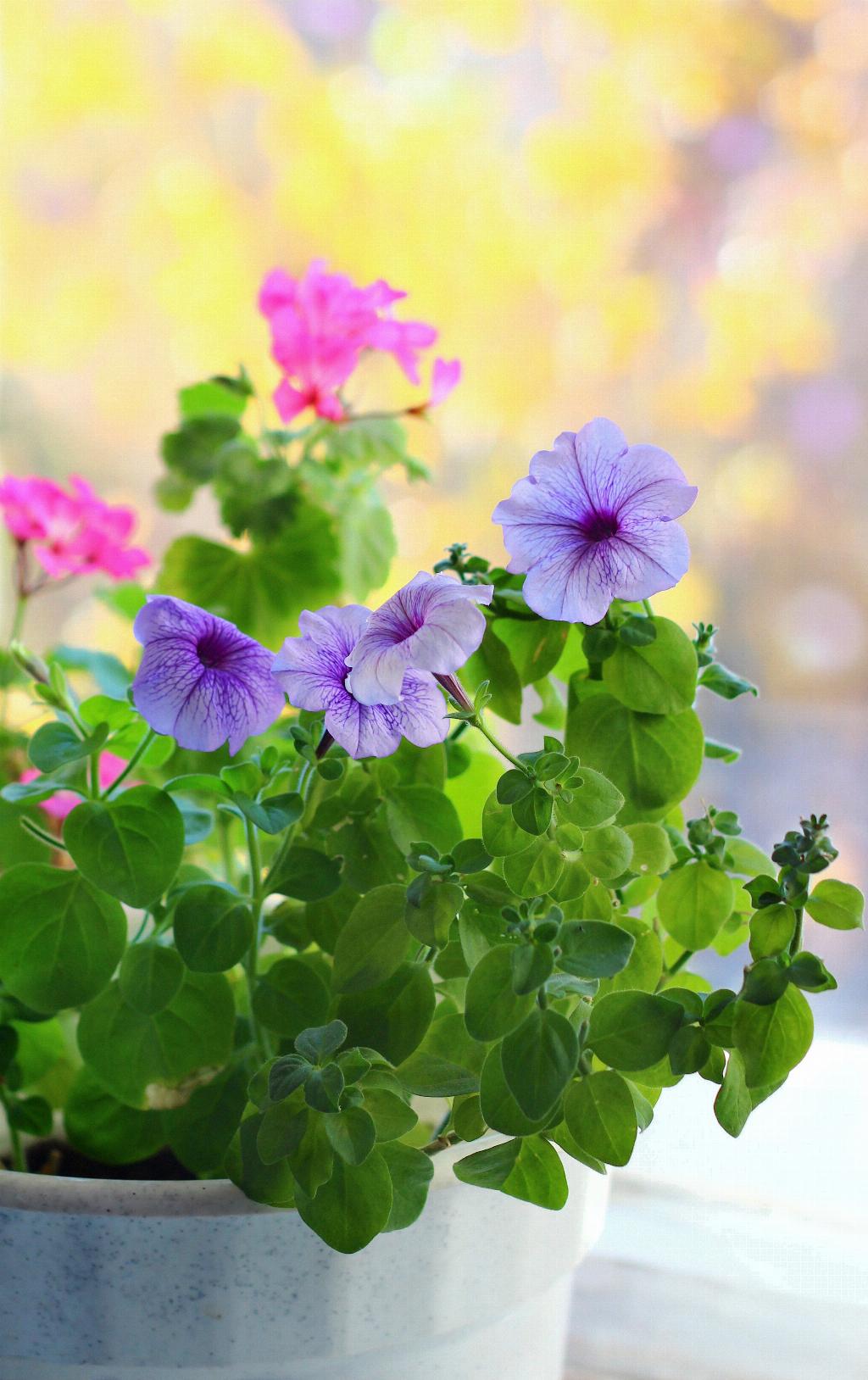When it comes to adding vibrant colors and beautiful blooms to your garden, petunias are a popular choice for both beginner and experienced gardeners. These versatile flowering plants are relatively easy to grow, making them a fantastic option for brightening up your outdoor space. In this comprehensive guide, we will walk you through everything you need to know about successfully growing petunia plants, from selecting the right location to harvesting seeds for future planting.
Introduction to Petunia Plants
Petunias are annual flowering plants that belong to the Solanaceae family, commonly known as the nightshade family. They come in a wide range of colors, including shades of pink, purple, red, white, and even bi-color varieties. Popular for their long-lasting blooms and ability to thrive in various growing conditions, petunias are a great addition to flower beds, containers, hanging baskets, and borders.
Tips for Growing Healthy Petunia Plants
For optimal growth and blooming, it is essential to provide your petunia plants with the right care and conditions. Here are some key tips for ensuring your petunias thrive:
Choosing the Right Location for Petunias
Petunias thrive in areas that receive at least 6 hours of direct sunlight daily. However, in hot climates, they may benefit from partial shade in the afternoon to protect them from intense sunlight. Select a location with well-draining soil to prevent waterlogging, which can lead to root rot.
Soil Requirements for Petunia Plants
Make sure to plant your petunias in fertile, well-drained soil. While petunias prefer evenly moist soil, overwatering can be detrimental. Adding organic matter such as compost can help improve soil quality and provide essential nutrients for healthy growth.
Watering and Fertilizing Petunias
Water your petunias regularly to keep the soil evenly moist, but be cautious not to overwater. During the growing season, consider using a balanced fertilizer to promote robust flower production. Avoid high nitrogen fertilizers, as they may result in excessive foliage at the expense of blooms.
Step-by-Step Guide on Planting Petunias
Preparing the Soil for Planting
Before planting your petunias, ensure the soil is well-amended with compost or fertilizer. Work the soil to a fine texture to provide an ideal environment for root establishment and growth.
Planting Petunia Seeds or Transplants
Depending on your preference, you can either start petunias from seeds indoors or purchase transplants from a nursery. Sow seeds at the correct depth recommended on the packet or gently transplant seedlings outdoors after the last frost date in your area.
Caring for Young Petunia Plants
After planting, water your young petunia plants regularly, ensuring the soil remains consistently moist but not waterlogged. Protect them from extreme weather conditions until they establish themselves in the garden.
Common Pests and Diseases that Affect Petunias
Identifying Common Pests on Petunias
Keep an eye out for common pests that may impact your petunias, such as aphids, slugs, and caterpillars. Regular inspection and early detection can help prevent infestations from damaging your plants.
Preventative Measures for Pest Control
Implementing cultural practices like proper spacing between plants, removing debris, and providing adequate air circulation can help deter pests. Consider using natural remedies or insecticidal soap for organic pest control.
Dealing with Diseases in Petunia Plants
To combat fungal diseases like powdery mildew or botrytis, avoid overhead watering and provide good air circulation around your plants. Remove and dispose of any infected leaves or stems to prevent the spread of disease.
Pruning and Deadheading Petunias
Importance of Pruning Petunias
Pruning petunias helps promote continual blooming and maintains plant health. Regular deadheading can encourage the growth of new flowers and prevent seed formation, redirecting energy back into flower production.
When and How to Deadhead Petunias
Deadhead faded blooms by pinching or cutting them back to the nearest set of healthy leaves. This simple practice extends the blooming season and keeps your petunias looking tidy and attractive throughout the growing season.
Tips for Proper Pruning Techniques
When pruning petunias, make clean cuts just above a set of leaves or lateral stem to encourage branching and new growth. Avoid cutting into woody stems or removing too much foliage, as it may stress the plant.
Harvesting and Saving Petunia Seeds
Guide to Harvesting Petunia Seeds
As your petunias finish blooming, allow the flowers to dry on the plant. Harvest the seeds by gently removing them from the dried flower heads and store them in a cool, dry place for future planting.
Storing Petunia Seeds for Future Planting
Keep your petunia seeds in a labeled, airtight container to maintain their viability. Store them away from direct sunlight and moisture to ensure they remain viable for the next growing season.
Tips for Successful Seed Saving
Properly collected and stored petunia seeds can be sown in the following growing season to produce new plants. Remember to check the seed viability before sowing to ensure a successful germination rate.

Conclusion: Enjoying the Beauty of Petunia Plants in Your Garden
Now that you have a comprehensive understanding of how to grow petunia plants, you can confidently add these colorful blooms to your garden. By following the tips outlined in this guide, you can cultivate healthy and vibrant petunias that will delight you with their beauty throughout the growing season. Whether you are a novice gardener or a seasoned enthusiast, growing petunias can be a rewarding and enjoyable experience that brings joy to your outdoor space.
